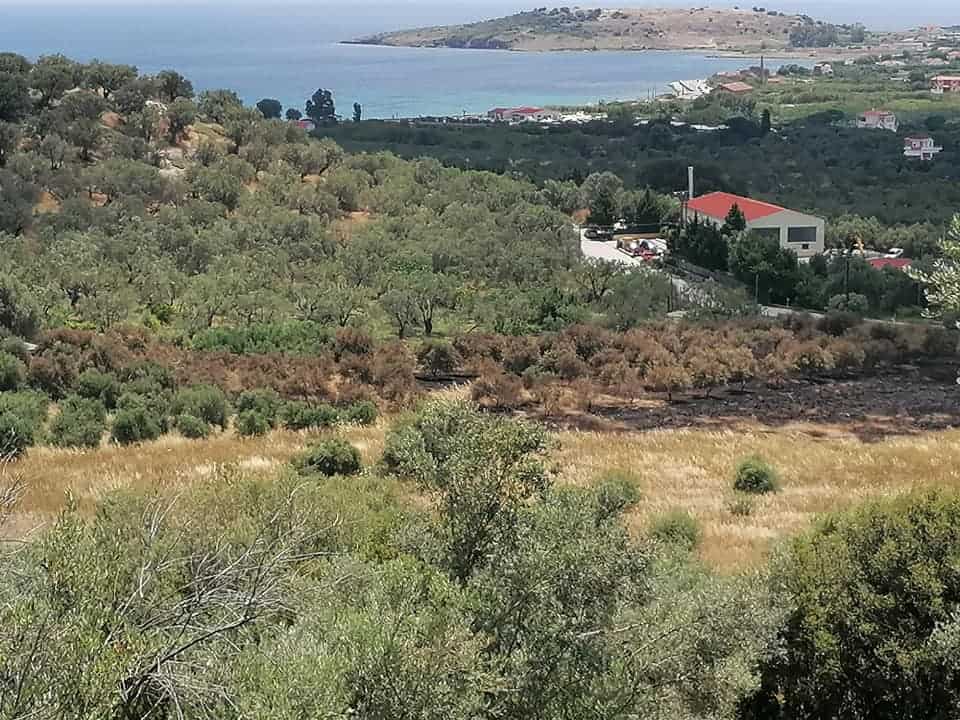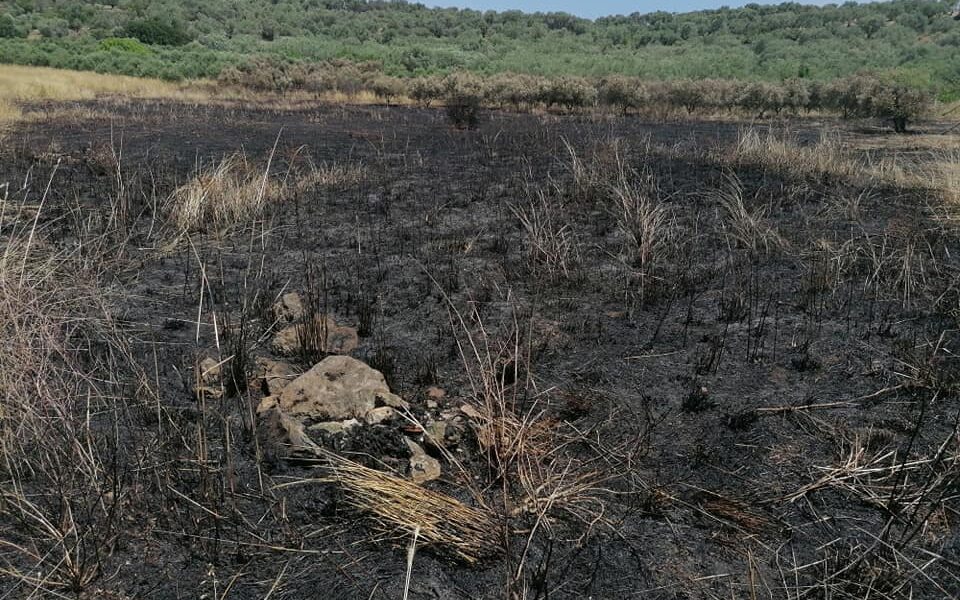
An olive grove was burnt by illegal immigrants on the East Aegean island of Lesvos.
The burning of the olive grove took place in Moria, the location of the infamous migrant camp.
"Young olives planted a few years ago, the loss of [Saturday's] arson by 'strangers' in Moria," said Makis Pavlellis, a local to Moria who lives and works in the town and often photographs and documents destruction done by the illegal immigrants.
"But what can agriculture and livestock offer you now? See your interest, rent your fields to NGOs," he added.


Currently, according to the United Nations Refugee Agency, there are 36,900 illegal immigrants on all of the Aegean islands, with nearly half from Afghanistan, as reported by Greek City Times. The majority of the population on the Aegean islands are from Afghanistan (49%), Syria (19%) and Somalia (6%).
Of the 36,900 illegal immigrants on the islands, 22% were women and 33% were children, in which 6 out of 10 are younger than 12 years old. Of those children, around 13% were unaccompanied or separated from their parents and were mostly from Afghanistan.
However, 45% of the illegal immigrants were men, more than double the number of women.
Some 550 illegal immigrants from the island of Lesvos who were granted with an international protection applicant’s card, have departed from the island over the last four days.
Of those, 150 left on Tuesday.
According to AMNA, they are heading to their own destinations, as they are no longer covered by any program or organisation such as the United Nations High Commissioner for Refugees.
Greece’s asylum service estimates that 25% of some 20,000 illegal immigrants currently residing at Lesvos camps, including the Moria hotspot, have been granted the permit for movement within Greece. They are allowed to seek employment but will not be subsidised for housing by any program.
Asylum authorities say the movement of refugees from Lesvos to the Greek mainland is expected to continue in coming days.

